Head First Python. A Brain-Friendly Guide. 2nd Edition Paul Barry
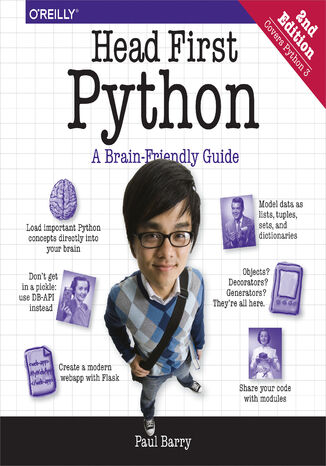

- Autor:
- Paul Barry
- Wydawnictwo:
- O'Reilly Media
- Ocena:
- Stron:
- 624
- Dostępne formaty:
-
ePubMobi
Opis
książki
:
Head First Python. A Brain-Friendly Guide. 2nd Edition
Want to learn the Python language without slogging your way through how-to manuals? With Head First Python, you’ll quickly grasp Python’s fundamentals, working with the built-in data structures and functions. Then you’ll move on to building your very own webapp, exploring database management, exception handling, and data wrangling. If you’re intrigued by what you can do with context managers, decorators, comprehensions, and generators, it’s all here. This second edition is a complete learning experience that will help you become a bonafide Python programmer in no time.
Why does this book look so different? Based on the latest research in cognitive science and learning theory, Head First Pythonuses a visually rich format to engage your mind, rather than a text-heavy approach that puts you to sleep. Why waste your time struggling with new concepts? This multi-sensory learning experience is designed for the way your brain really works.
Wybrane bestsellery
O'Reilly Media - inne książki
Dzięki opcji "Druk na żądanie" do sprzedaży wracają tytuły Grupy Helion, które cieszyły sie dużym zainteresowaniem, a których nakład został wyprzedany.
Dla naszych Czytelników wydrukowaliśmy dodatkową pulę egzemplarzy w technice druku cyfrowego.
Co powinieneś wiedzieć o usłudze "Druk na żądanie":
- usługa obejmuje tylko widoczną poniżej listę tytułów, którą na bieżąco aktualizujemy;
- cena książki może być wyższa od początkowej ceny detalicznej, co jest spowodowane kosztami druku cyfrowego (wyższymi niż koszty tradycyjnego druku offsetowego). Obowiązująca cena jest zawsze podawana na stronie WWW książki;
- zawartość książki wraz z dodatkami (płyta CD, DVD) odpowiada jej pierwotnemu wydaniu i jest w pełni komplementarna;
- usługa nie obejmuje książek w kolorze.
Masz pytanie o konkretny tytuł? Napisz do nas: sklep@ebookpoint.pl
Książka drukowana


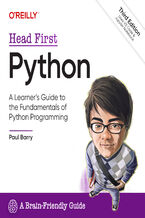

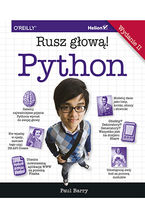
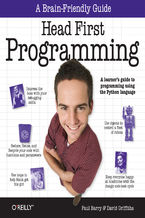
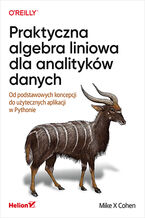
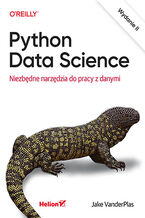
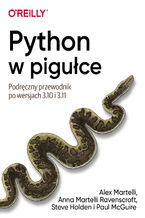
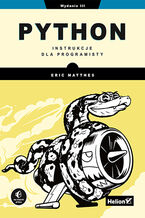
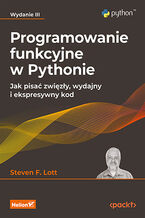
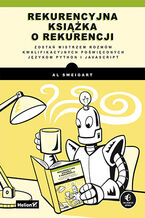
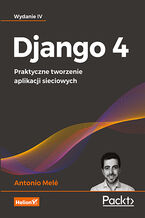
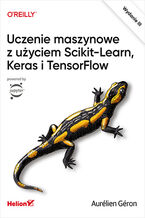
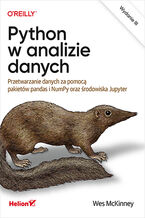
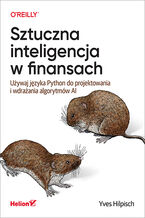






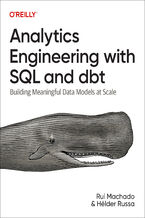

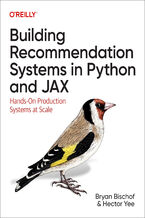

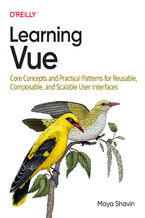
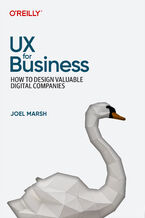
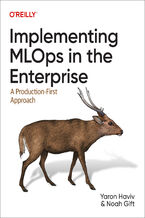
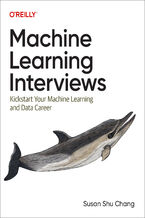
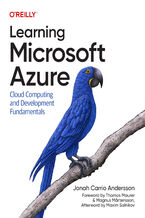
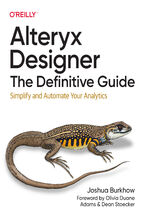

Oceny i opinie klientów: Head First Python. A Brain-Friendly Guide. 2nd Edition Paul Barry
(0)